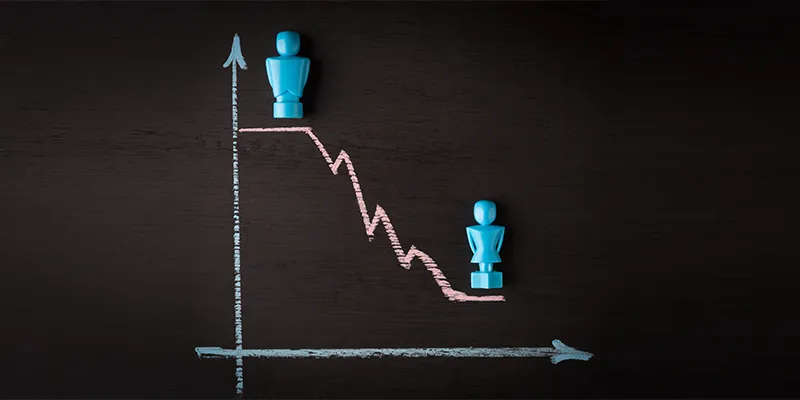After 2013 peak, economic gender gap reverts to 2008 position
The World Economic Forum has released its Global Gender Gap Report of 2016. The report seeks to measure one important aspect of gender equality — the relative gaps between women and men across four key areas: health, education, economy, and politics.
The report reflects the gaps in access to resources and opportunities in countries rather than the actual levels of the available resources and opportunities in those countries.

Some of the key points the report highlights are:
1) The economic gender gap has reverted to where it stood in 2008, after a peak in 2013.
2) Out of the 142 countries covered by the index both this year and last year, 68 countries have increased their overall gender gap score compared to last year, while 74 have seen it decrease. It, therefore, has been an ambiguous year for global gender parity, with uneven progress at best. On the Global Index, India ranks 68 with a score of 0.683.
3) Economic participation and opportunity: 11 countries (three less than last year), including four from sub-Saharan Africa (Burundi, Botswana, Rwanda, and Ghana) and three Nordic countries (Norway, Iceland, and Sweden) have closed more than 80 percent of their gap. However, 19 countries, 15 of which are from the Middle East and North Africa, have closed less than 50 percent of the gap for this subindex.
On the economic participation and opportunity index, India ranks 136 and has a score of 0.408.
4) Educational attainment: In total, there are 17 countries where women still have less than 90 percent of the educational outcomes that men have — a marked improvement over last year, when this was still the case for 22 countries. 34 countries have scores below the world average (0.955, weighted by population) on this subindex. On the educational attainment index, India ranks 113 with a score of 0.950.
5) Health and survival: 38 countries (two less than last year) have fully closed their gender gap on this subindex. India, Armenia, and China are the lowest-ranked countries, and no country currently has a gap bigger than 90 percent. Only seven countries have scores below the world average (0.957, weighted by population) on this subindex. On the health and survival index, India ranks 142 with a score of 0.942.
6) Political empowerment: Only Iceland has closed more than 70 percent of its gender gap, while only Finland has closed more than 60 percent of it. 39 countries, from across all world regions, have closed less than 10 percent of the gap (unchanged from last year). Oman, Lebanon, and Qatar have the lowest rankings on this subindex, having closed less than 3 percent of their political gender gap. On the political empowerment front, India ranks high. India ranks 9 with a score of 0.433.
However, the news is dismal. The report says that at the current rate of change and given the widening economic gender gap since last year, it will not be closed for another 170 years. The economic gender gap this year has gone back to its 2008 position, post the peak in 2013.







![[Product Roadmap] How dating app Aisle attracted over 3.4 million users across 193 countries](https://images.yourstory.com/cs/2/a9efa9c02dd911e9adc52d913c55075e/PRM-1605021665589.png?mode=crop&crop=faces&ar=1%3A1&format=auto&w=1920&q=75)